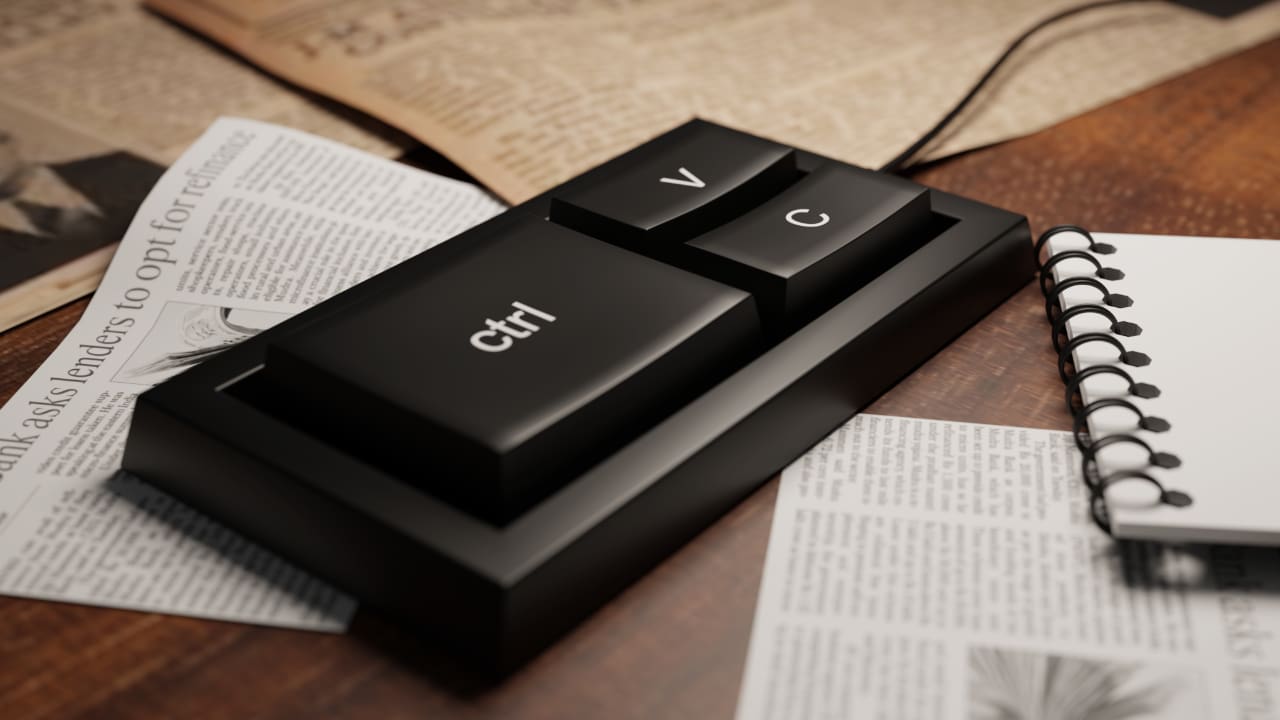
Mastering keyboard shortcuts is a simple but effective way of streamlining your editing workflow. Here are 10 of the best in Adobe Premiere Pro.
Content creation is a fast-paced game. Editors are the backbone of this process, expected to deliver projects under tight deadlines. Consistently creating high-quality content is not just a goal; it's a necessity. Mastering keyboard shortcuts is a simple but effective way of streamlining your editing workflow and is a vital part of being a professional editor.
Keyboard shortcuts are a game-changer when it comes to saving time on repetitive tasks and navigating menus. Let’s delve into some essential keyboard shortcuts in Adobe Premiere Pro and how they can make you a more efficient editor.
1. Ripple Delete
Shortcut: Shift+Delete (Windows) / Shift+Fn+Delete (Mac)
Ripple delete allows editors to select and remove specific clips. When used, the timeline will automatically shift to fill-the-blank frames, allowing you to maintain continuity. Instead of deleting clips and moving the entire timeline, you can use ripple delete to seamlessly make precision edits.
2. Ripple Trim to Playhead
Shortcut: Q (trim previous), W (trim next)
Part of working on a rough or assembly cut involves trimming clips to precision. This ripple tool allows you to trim any excess footage with the click of a button. Q will delete any excess footage to the left of the playhead, and W will delete any excess footage to the right of the playhead. While it may seem minor, this shortcut can save you a lot of time as you work to finalize your cut.
3. Enable or Disable Clip
Shortcut: Shift+E (Windows) / Shift+Cmd+E (Mac)
Trial and error is a normal part of the editing process. Editors often test multiple shots to build a scene. But adding and deleting each clip while you try to decide the best clip wastes a lot of time. Instead, you can just stack clips together and enable or disable them. Using the keyboard allows you to quickly interchange and audition different shots or takes before making a final decision.
4. In and Out Points
Shortcut: I (In), O (Out)
In and out points are commonly used to mark points on the timeline. When working with effects or transitions, you must render clips in the timeline to see how they work in the scene. But you don’t want to render or export the whole timeline. Instead, set in and out points to highlight specific clips in the timeline before rendering them.
5. Move the Cursor
Shortcut: J (Reverse), K (Pause), L (Play)
Every editor knows that they will have to review their footage multiple times over the course of an edit. All the time you spend dragging the cursor back and forth can be saved using keyboard shortcuts to move the playhead. J moves the cursor backward, whereas L moves the cursor forward. You can also use K to pause at specific moments when reviewing footage.
6. Zoom In and Out
Shortcut: = (Zoom in), - (Zoom out)
Editing sometimes requires precision down to the exact frame. Zooming in and out of the timeline using a mouse wastes a significant amount of time. Instead, simply press the - or = key to zoom in and out of your timeline. Using this function, you can easily make precise edits while also maintaining a broader view of the edit.
7. Add Marker
Shortcut: M
Editors working on longer projects will have to make note of multiple edit points as they work through the timeline. The marker keyboard shortcut simply adds a marker to the playhead’s position on the timeline. This shortcut will certainly come in handy when reviewing edits with the client or director. Markers allow you to quickly identify key moments in the timeline that you must prioritize.
8. Full Screen
Shortcut: ` (~)
The default program monitor is only a modest part of the Premiere Pro editing interface. Editors working on a single monitor or laptop might want to maximize a particular workspace or window for a closer look at the edits. Keep in mind that this keyboard shortcut will maximize the selected window, so make sure to select the specific window you want to maximize or minimize.
9. Add Edit
Shortcut: Ctrl+K (Windows) / Cmd+K (Mac)
As you may already know, you must use the razor tool to add an edit point to a clip on Premiere Pro. But if your playhead is already in the right position, you can use the add edit keyboard shortcut to skip the step of selecting the razor. When used, Premier Pro will automatically add an edit point exactly where the playhead stands. This is particularly useful when adjusting the timing or adding effects to the clip.
10. Render Effects In and Out
Shortcuts: Enter (or Return)
If you’ve made any adjustments or added effects to clips, playback will be choppy. The clips on the timeline must be rendered so Premiere Pro can process the edits. This keyboard shortcut renders all effects between the in and out points, ensuring smooth playback for review.
BYOS: Bring Your Own Shortcuts
Premiere Pro also allows users to create and customize keyboard shortcuts to their specifications. The first step in this process requires you to analyze your workflow and highlight any repetitive or time-consuming tasks.
Then, navigate to Premiere Pro in the Dropdown menu bar and select the Keyboard Shortcuts option. This will open a window that allows you to search and choose custom hotkeys for each effect/function on the platform.
All in all, using keyboard shortcuts in Premiere Pro can significantly transform you into a much more efficient editor. By incorporating these ten essential shortcuts into your workflow, you can save time and focus more on the creative aspects of your edit. Shortcut customization also gives editors the opportunity to program the keyboard to match their editing tendencies. Incorporating these shortcuts will make you more productive and help you skip over tedious tasks.
Tags: Post & VFX Adobe Editing



Comments